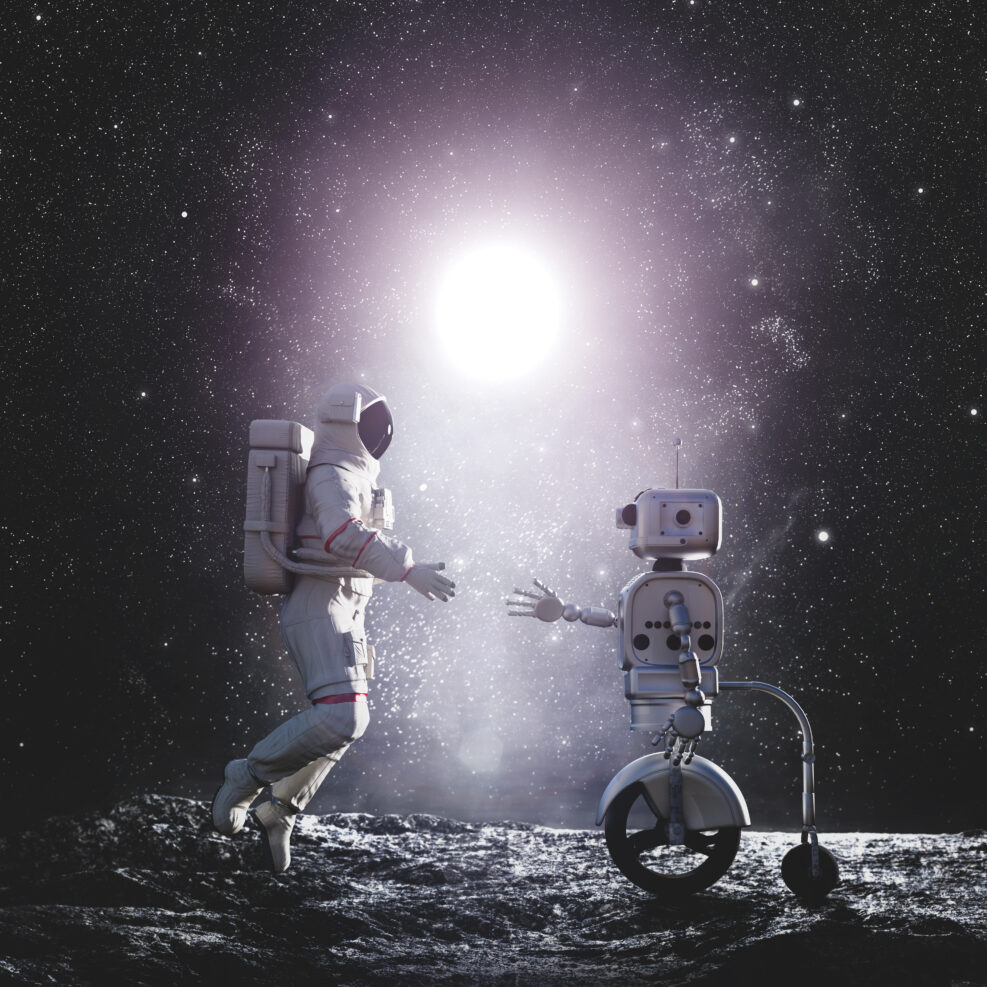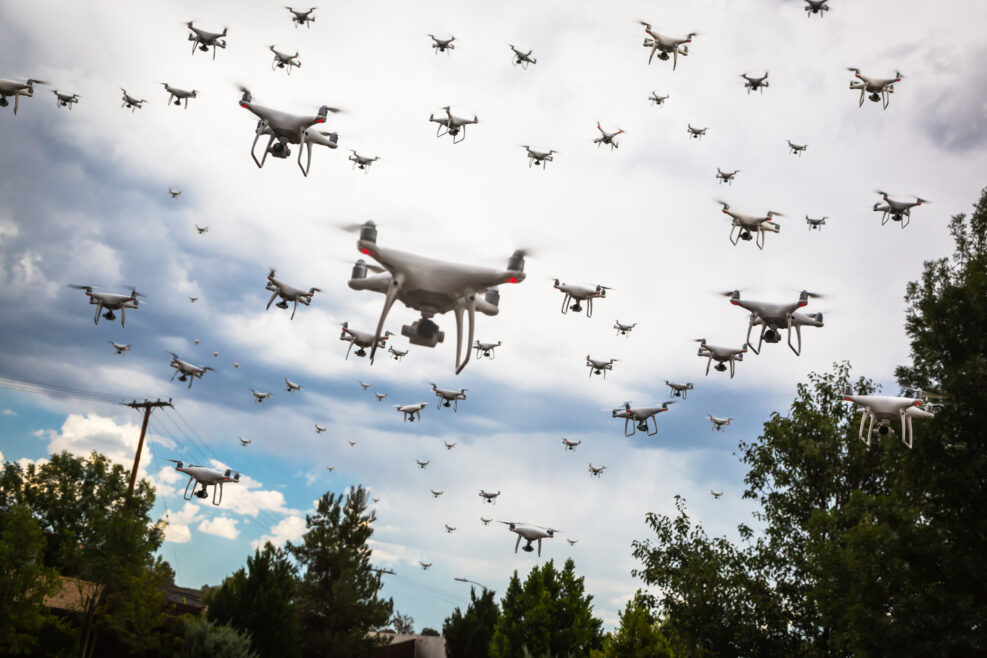
Mulan: Disney Talks Freedom at Home, Toes the Line in China
Films we see get altered in subtle and not-so-subtle ways to conform to the requirements of CCP propagandaChina’s government allows only about thirty-four Hollywood movies to be shown in Chinese theaters. As a result, entertainment companies like Disney go out of their way to make sure a film appeals to both North American crowds and Chinese Communist Party’s censors. Of course, what the Chinese Communist Party (CCP) allows and doesn’t allow in films is vague and subject to change, which keeps foreign film-makers guessing. Mulan, Disney’s latest attempt to please both the North American and the Chinese market, has failed to do either, for a number of reasons. Financially, Disney is already hurting from the COVID-19 pandemic. Theaters in the U.S. either remain closed or permit only limited-capacity seating. In response, Disney released Mulan on its streaming Read More ›


















